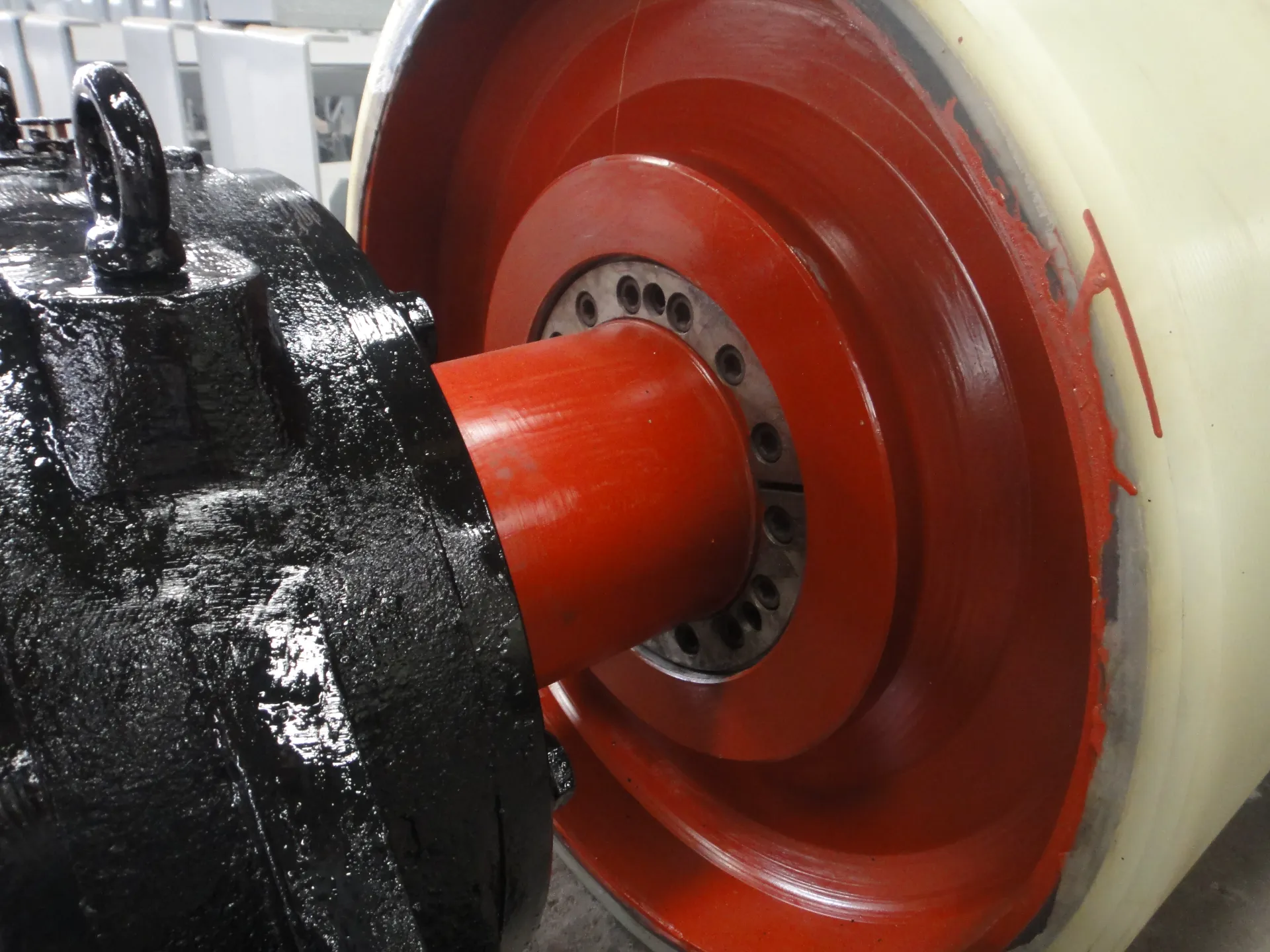 Afrikaans
Afrikaans  Albanian
Albanian  Amharic
Amharic  Arabic
Arabic  Armenian
Armenian  Azerbaijani
Azerbaijani  Basque
Basque  Belarusian
Belarusian  Bengali
Bengali  Bosnian
Bosnian  Bulgarian
Bulgarian  Catalan
Catalan  Cebuano
Cebuano  Corsican
Corsican  Croatian
Croatian  Czech
Czech  Danish
Danish  Dutch
Dutch  English
English  Esperanto
Esperanto  Estonian
Estonian  Finnish
Finnish  French
French  Frisian
Frisian  Galician
Galician  Georgian
Georgian  German
German  Greek
Greek  Gujarati
Gujarati  Haitian Creole
Haitian Creole  hausa
hausa  hawaiian
hawaiian  Hebrew
Hebrew  Hindi
Hindi  Miao
Miao  Hungarian
Hungarian  Icelandic
Icelandic  igbo
igbo  Indonesian
Indonesian  irish
irish  Italian
Italian  Japanese
Japanese  Javanese
Javanese  Kannada
Kannada  kazakh
kazakh  Khmer
Khmer  Rwandese
Rwandese  Korean
Korean  Kurdish
Kurdish  Kyrgyz
Kyrgyz  Lao
Lao  Latin
Latin  Latvian
Latvian  Lithuanian
Lithuanian  Luxembourgish
Luxembourgish  Macedonian
Macedonian  Malgashi
Malgashi  Malay
Malay  Malayalam
Malayalam  Maltese
Maltese  Maori
Maori  Marathi
Marathi  Mongolian
Mongolian  Myanmar
Myanmar  Nepali
Nepali  Norwegian
Norwegian  Norwegian
Norwegian  Occitan
Occitan  Pashto
Pashto  Persian
Persian  Polish
Polish  Portuguese
Portuguese  Punjabi
Punjabi  Romanian
Romanian  Russian
Russian  Samoan
Samoan  Scottish Gaelic
Scottish Gaelic  Serbian
Serbian  Sesotho
Sesotho  Shona
Shona  Sindhi
Sindhi  Sinhala
Sinhala  Slovak
Slovak  Slovenian
Slovenian  Somali
Somali  Spanish
Spanish  Sundanese
Sundanese  Swahili
Swahili  Swedish
Swedish  Tagalog
Tagalog  Tajik
Tajik  Tamil
Tamil  Tatar
Tatar  Telugu
Telugu  Thai
Thai  Turkish
Turkish  Turkmen
Turkmen  Ukrainian
Ukrainian  Urdu
Urdu  Uighur
Uighur  Uzbek
Uzbek  Vietnamese
Vietnamese  Welsh
Welsh  Bantu
Bantu  Yiddish
Yiddish  Yoruba
Yoruba  Zulu
Zulu concave guide roller
Understanding Concave Guide Rollers An Essential Component in Machinery
Concave guide rollers play a crucial role in the machinery and manufacturing sectors, serving as key components that help ensure the smooth operation of various systems. These specialized rollers are designed to guide, support, and direct the movement of materials, particularly in conveyor systems and automated production lines. Their unique concave shape allows for optimal alignment of materials, reducing wear and tear while improving overall efficiency.
Design and Functionality
The distinct curvature of concave guide rollers allows them to effectively cradle the materials they are guiding, which is especially beneficial for handling irregularly shaped items. This design minimizes the risk of misalignment, which can lead to costly downtime in production processes. By maintaining the correct path, these rollers help prevent material jam-ups and enhance the reliability of the entire system.
Manufacturers often utilize various materials when designing concave guide rollers. Common materials include steel for strength, rubber for flexibility, and plastic for lightweight applications. The choice of material largely depends on the specific requirements of the application, including the load capacity, speed, and environmental conditions. For instance, rubberized rollers are ideal for applications that require a strong grip and reduced noise, while metal rollers are preferred for heavy-duty scenarios where durability is paramount.
Applications in Various Industries
concave guide roller

Concave guide rollers are versatile components used across a range of industries, including manufacturing, packaging, and logistics. In conveyor systems, they help align products as they move along the belt, ensuring consistent and efficient transport. In packaging, these rollers assist in guiding materials through various stages of production, from filling to sealing. Their reliable performance can significantly improve throughput and reduce waste, making them an invaluable asset in modern manufacturing processes.
In addition to these applications, concave guide rollers are also found in the transportation sector, especially in rail systems, where they help guide trains along tracks. Their design allows for smooth transitions, ensuring safety and reliability in transport.
Maintenance and Longevity
To ensure the longevity and efficiency of concave guide rollers, regular maintenance is essential. This includes inspecting the rollers for wear and tear, cleaning them to prevent buildup of debris, and lubricating moving parts to reduce friction. By implementing a consistent maintenance schedule, businesses can maximize the lifespan of their equipment, leading to significant cost savings over time.
In conclusion, concave guide rollers are indispensable components in various machinery systems, providing stability and direction for materials and products. Their unique design and adaptability to different industries make them a valuable investment for businesses looking to enhance their production efficiency. As technology continues to evolve, the development of advanced materials and designs for concave guide rollers will undoubtedly further improve their functionality and application range, paving the way for more efficient manufacturing processes in the future.
-
Revolutionizing Conveyor Reliability with Advanced Rubber Lagging PulleysNewsJul.22,2025
-
Powering Precision and Durability with Expert Manufacturers of Conveyor ComponentsNewsJul.22,2025
-
Optimizing Conveyor Systems with Advanced Conveyor AccessoriesNewsJul.22,2025
-
Maximize Conveyor Efficiency with Quality Conveyor Idler PulleysNewsJul.22,2025
-
Future-Proof Your Conveyor System with High-Performance Polyurethane RollerNewsJul.22,2025
-
Driving Efficiency Forward with Quality Idlers and RollersNewsJul.22,2025





























